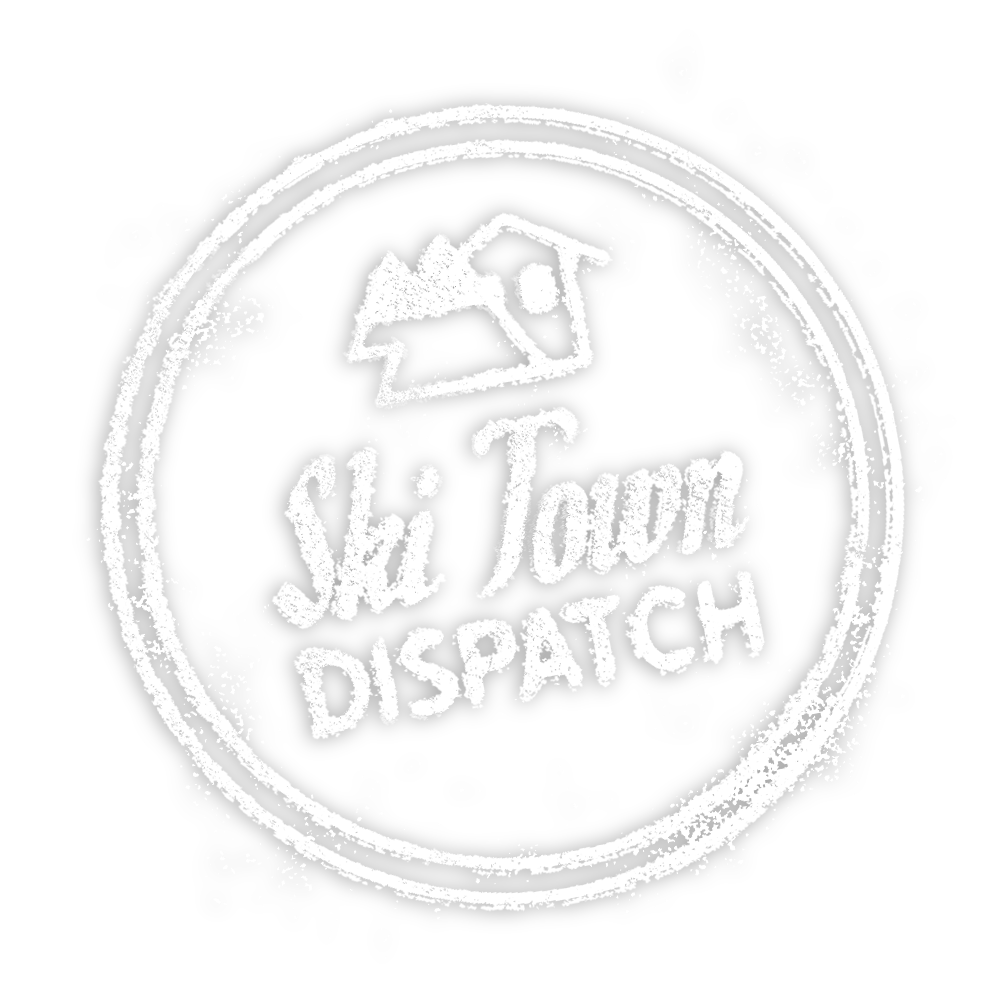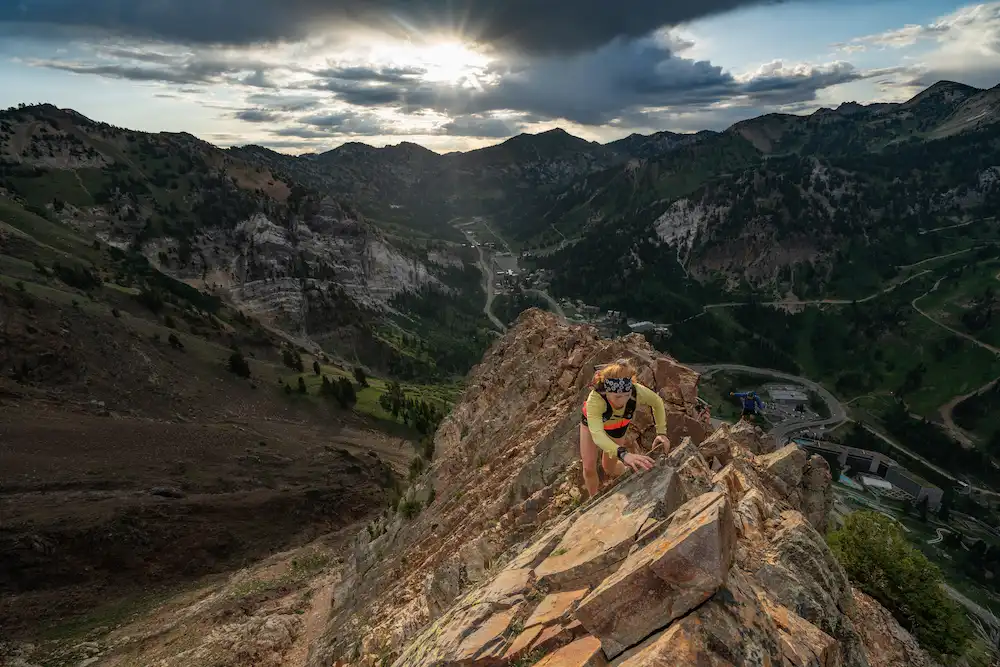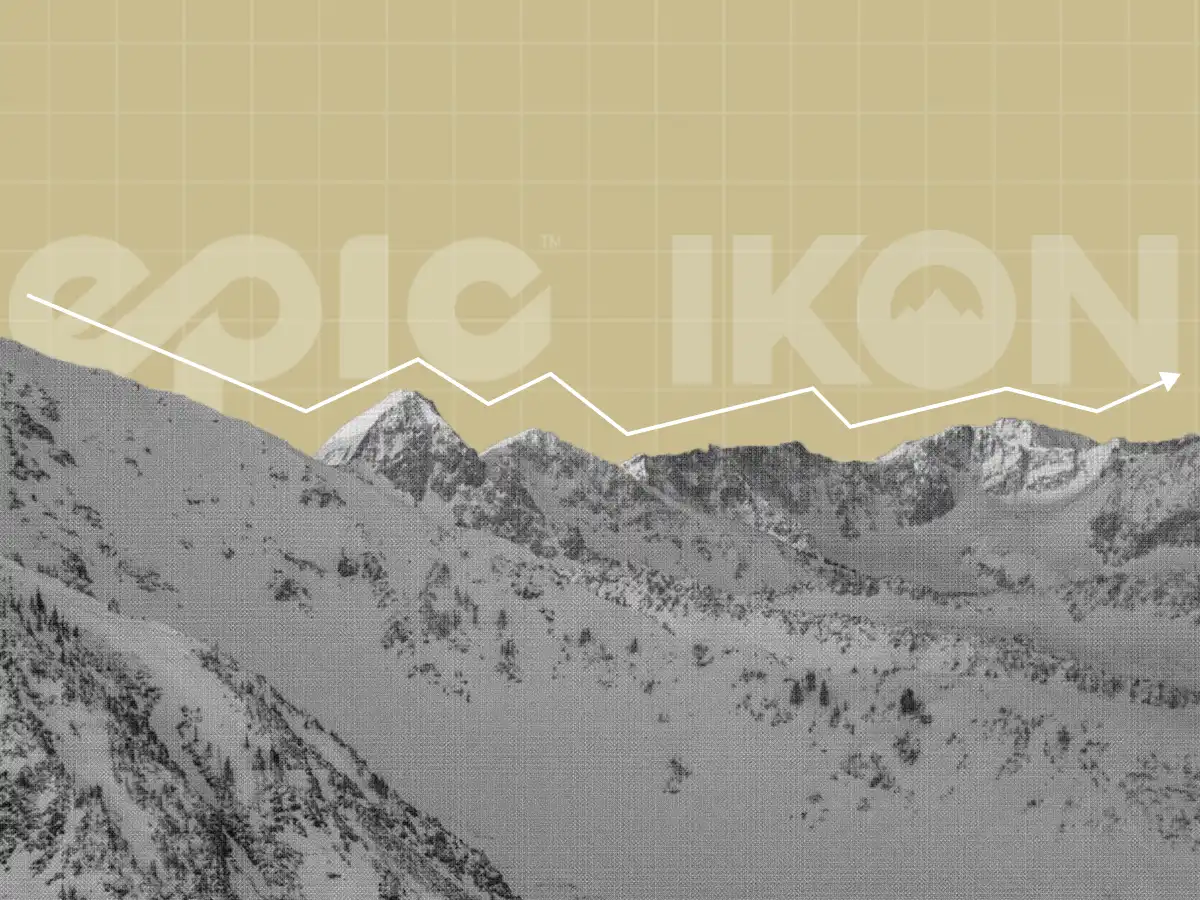The Ski Industry Power Shift: Who Leads North American Skiing?
Vail Resorts' Epic Pass and Alterra's Ikon Pass are the two dominant North American multi-resort passes, offering varying access, blackout calendars, and partner mountains. They've become the fault line shaping how we ski, what we pay, and where investment shows up.
Vail Resorts operates 42 owned-and-operated mountains with Epic Pass access to 90+ worldwide, anchoring the “breadth” model. Alterra Mountain Company, with a smaller portfolio of 19 year-round destination resorts and 60+ Ikon Pass destinations, signals “depth.” Vail reported ~$2.88B in resort net revenue for FY2024, highlighting its scale. Alterra, as a private company, doesn’t publish comparable revenue but has publicly detailed large, multi-year investment programs at flagship destinations.
Two Models, Two Promises: Access vs. Experience
Vail Resorts’ Epic approach emphasizes ubiquity and convenience—regional “feeder” hills plus marquee trips under one pass, a useful fit for Front Range families in Denver/Boulder, Bay Area skiers for Lake Tahoe, and travelers linking Whistler Blackcomb, Vail/Beaver Creek, Park City, and Breckenridge. This offers undeniable advantages. The massive scale provides a strong pass value proposition through sheer numbers, established market leadership, and proven ability to generate consistent shareholder returns. Epic Pass holders can access an impressive array of mountains, from local hills to world-class destinations, all under one season pass.
Alterra’s Ikon approach concentrates on destination quality with select partners, prioritizing place-based character at resorts like Deer Valley, Steamboat, Winter Park, Mammoth, Palisades Tahoe, and Big Bear—a draw for travelers planning fewer, longer, “marquee” trips. It’s depth over breadth, with capacity tools and date-sensitive access at some partners. The company has earned praise from skiers and industry experts for preserving what makes each mountain special while still offering broad access through their Ikon Pass network of over 60 partner resorts globally.
The takeaway: Value shows up two ways— how many places you can go and how good each ski day feels.
Where the Money Goes: Capital Plans You’ll Feel on Snow
To see the strategy follow the projects. Vail has announced ~$249–$254M in 2025 capital, spanning lift upgrades, snowmaking, tech, and base improvements across its broad map—incremental but widespread reliability gains.
Alterra has detailed $300M+ (2024) and $400M+ (2025) programs, including Steamboat’s “Full Steam Ahead” completion and Deer Valley’s East Village expansion—upgrades at headliners that guests notice immediately. The Deer Valley expansion represents the largest ski resort expansion in recent history, effectively doubling available terrain with nearly 100 new runs and 10 new lifts. Alterra has also invested heavily in employee housing and benefits programs, recognizing that service quality depends fundamentally on workforce stability and satisfaction.
Portfolio Plays: Vail and Alterra’s Strategic Moves
Alterra acquired Arapahoe Basin in Colorado in late 2024 after an announced deal and regulatory review—a targeted pickup that reinforces the Rockies destination network. Arapahoe is a beloved Colorado destination with strong local identity and loyal customer base.
Vail continues to emphasize global reach and portfolio breadth, reinforcing Epic’s “go-anywhere” proposition across North America and Europe. The $120 million Crans-Montana Mountain Resort purchase in Switzerland reflects their strategy of geographic diversification and global brand extension.
What it means for travelers & luxury buyers: Destination upgrades like Deer Valley East Village and Steamboat’s base rework, can ripple into Park City/Heber–Midway, Steamboat Springs, and Lake Tahoe luxury real estate—more amenities, stronger demand, and evolving inventory near lifts and villages. If you’re eyeing ski-in/out or village-adjacent homes, watch where capex is flowing.
The Guest Experience With Epic or Ikon
Alterra maintains what might be called a "portfolio of originals" approach, preserving local resort character and management autonomy while providing strategic support and investment. This philosophy recognizes that each mountain has unique characteristics, traditions, and customer relationships that create value. Properties like Jackson Hole, Aspen Snowmass, and Palisades Tahoe maintain their distinct identities while benefiting from Alterra's capital and strategic resources.
The company's demand-based pricing strategy helps manage capacity while maintaining service quality. Rather than packing as many skiers as possible onto their mountains, Alterra uses pricing signals to distribute demand and preserve the experience quality that justifies premium positioning.
Vail Resorts runs a standardized, efficiency-focused operating model across a wide and geographically diverse portfolio. The benefits are clear: streamlined procurement, consistent training, integrated systems, and predictable standards that help manage dozens of properties at scale. That consistency can sometimes be perceived as less “local” in feel, however, they continue to address these shared industry challenges through lift and snowmaking upgrades, staffing initiatives, and guest-facing tech—aimed at smoothing busy days while keeping the experience reliable across the network.
Ski Industry Implications & The Path Forward
Vail Resorts and Alterra Mountain Company represent more than corporate rivalry—it embodies competing visions for the ski industry's future that will affect skiers, communities, and the broader mountain economy for decades to come.
The broader industry consolidation trend continues, with both companies likely pursuing additional acquisitions as independent operators face increasing competitive pressures. Technology investments in areas like dynamic pricing, capacity management, and guest service could create new sources of competitive advantage.
For skiers and snowboarders, this competitive dynamic promises better resort experiences, more diverse access options, and continued innovation in season pass offerings. The pressure on both companies to differentiate through service quality and unique experiences benefits the broader skiing public, even as it creates challenges for resort operators.







